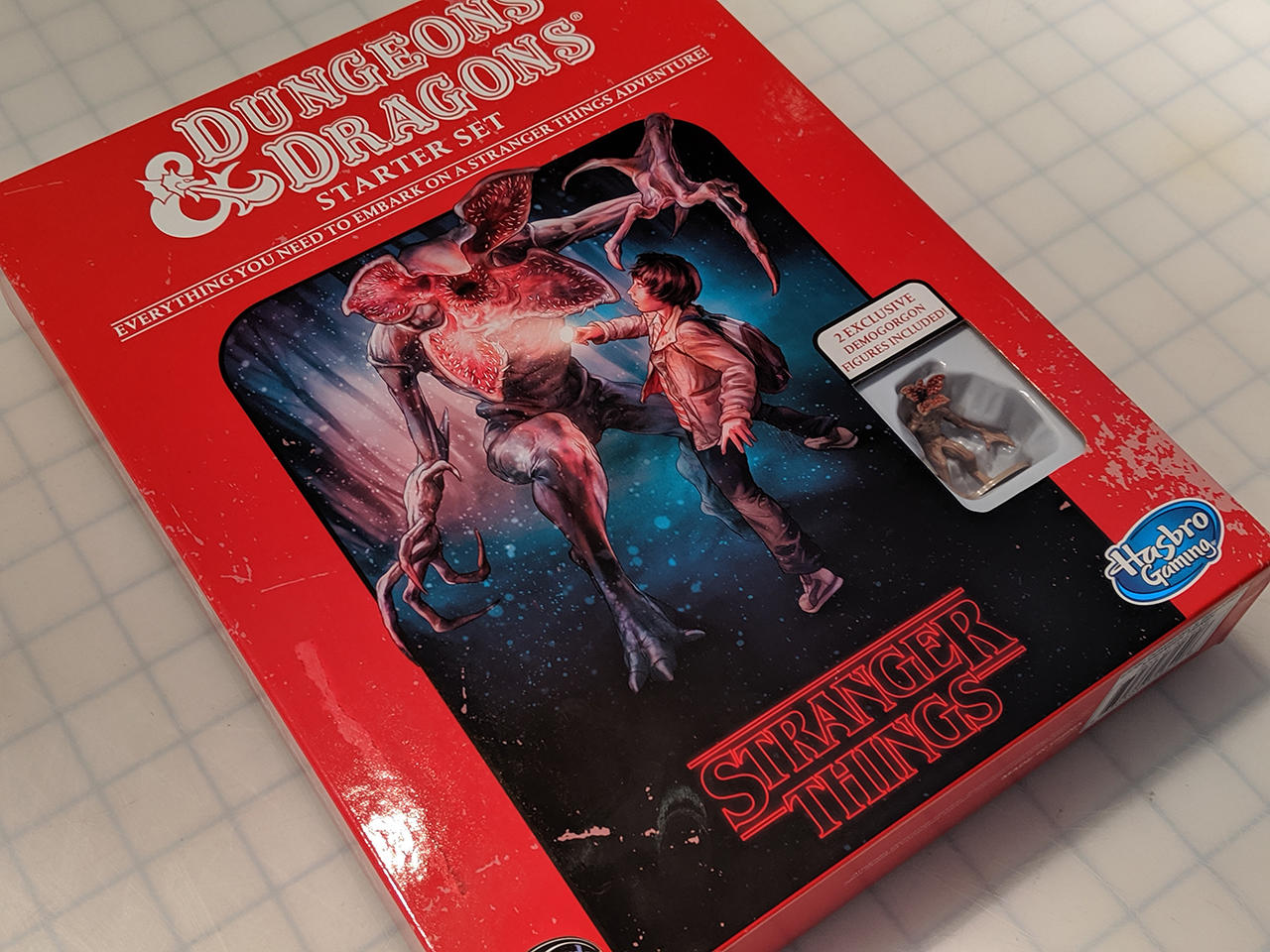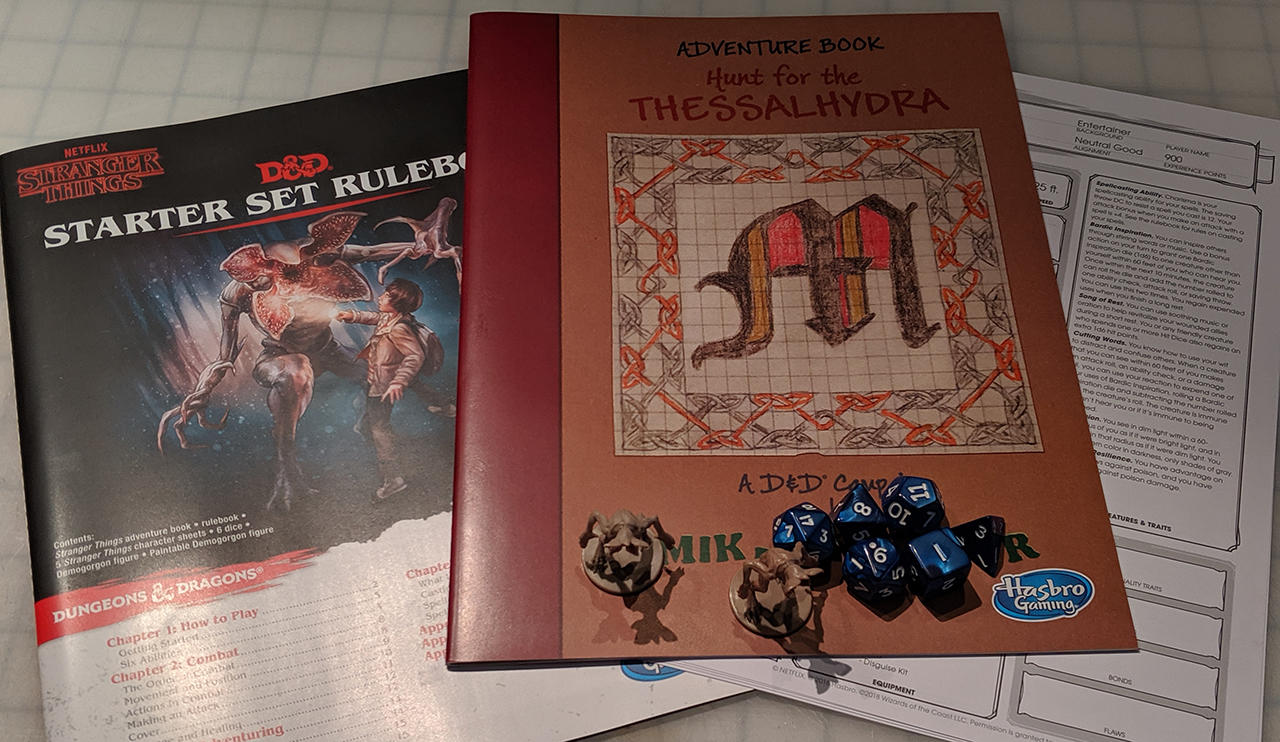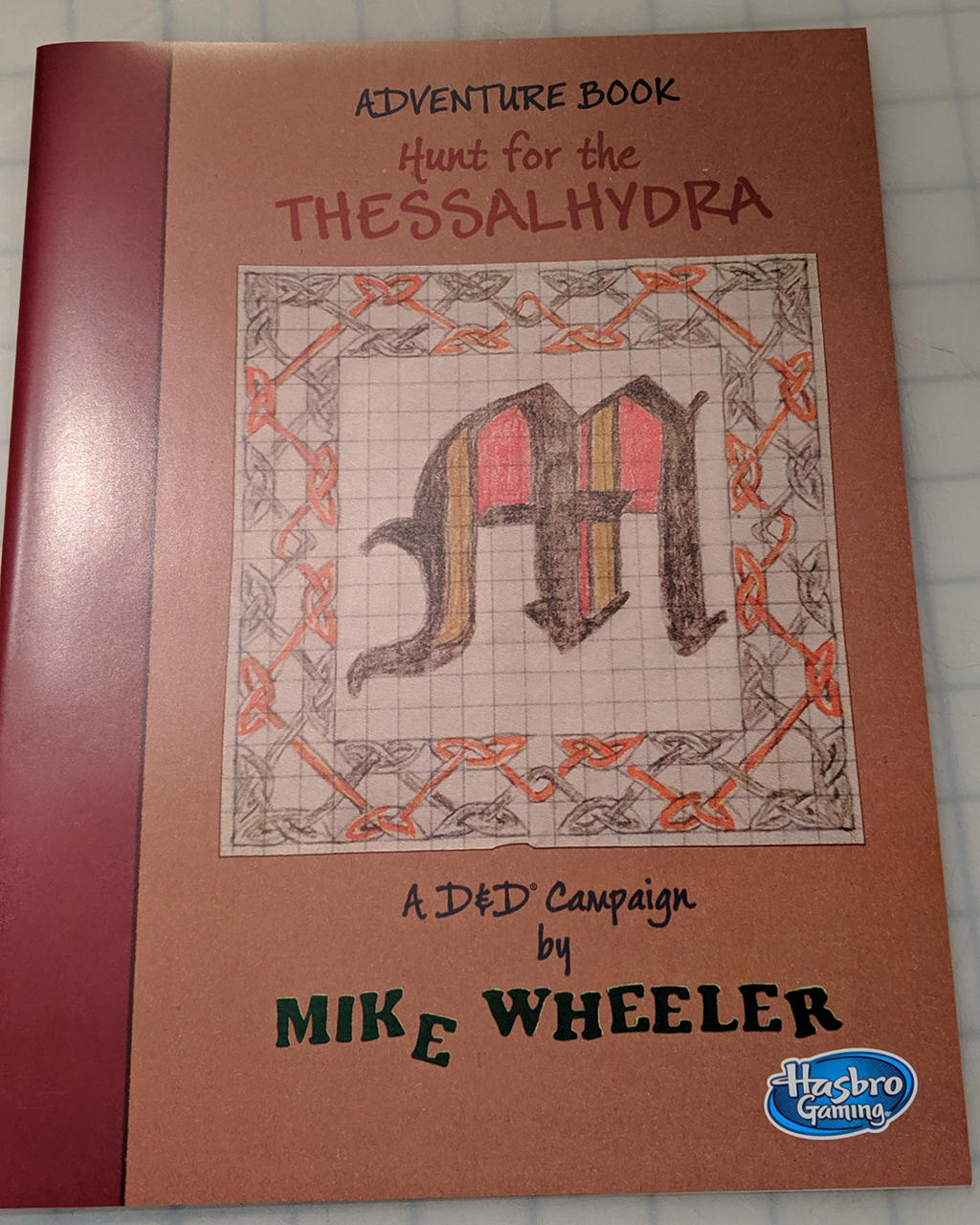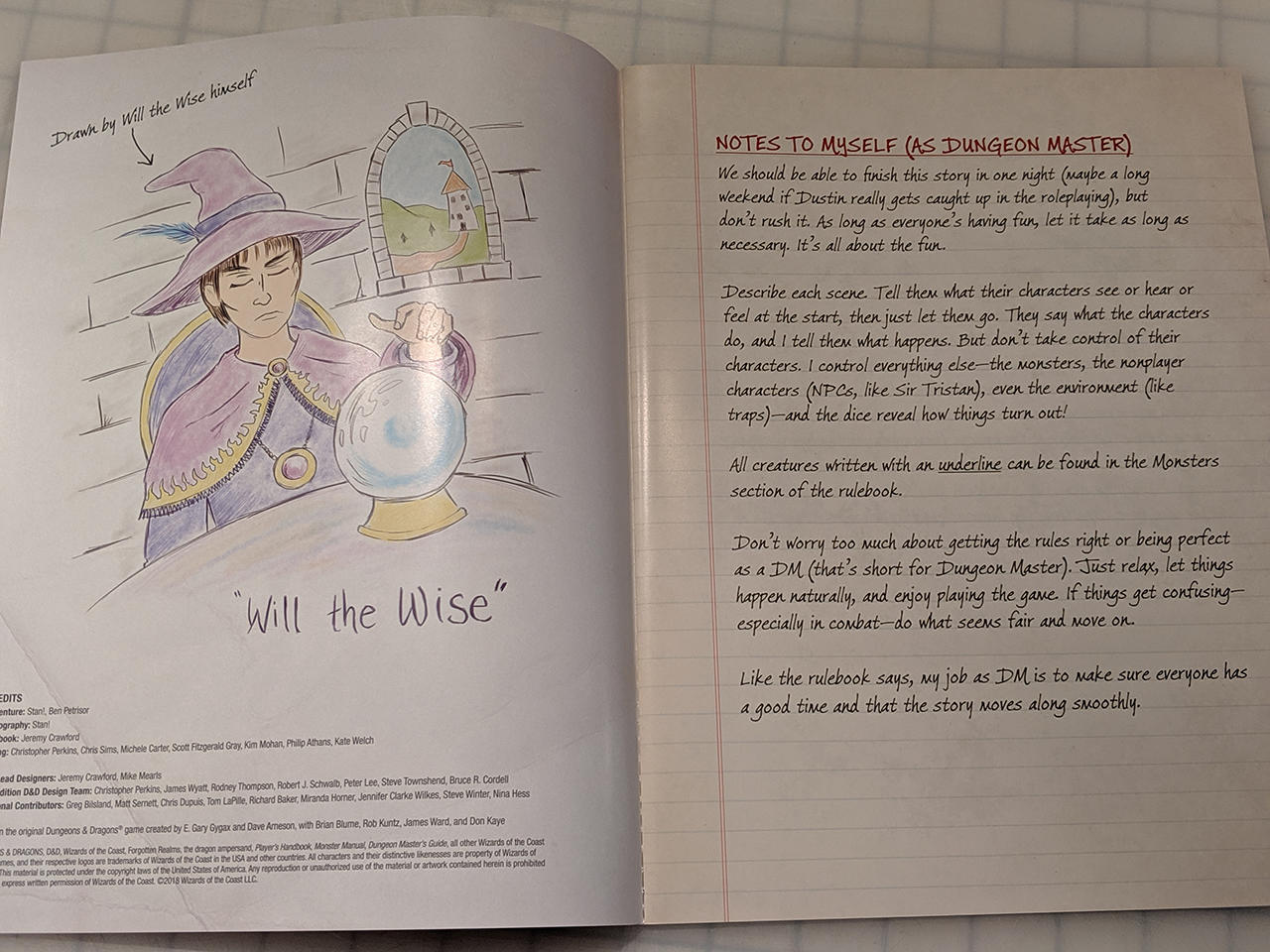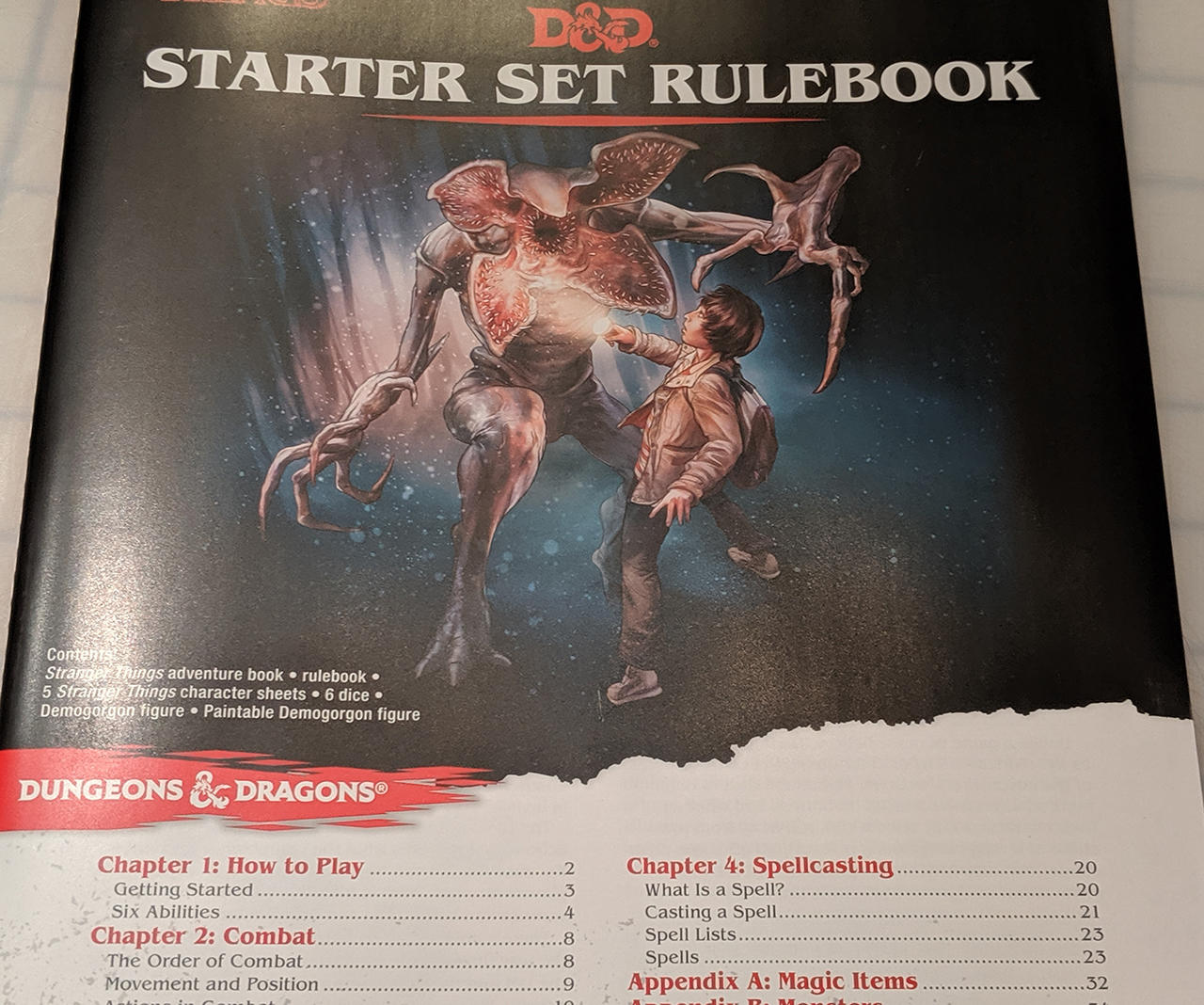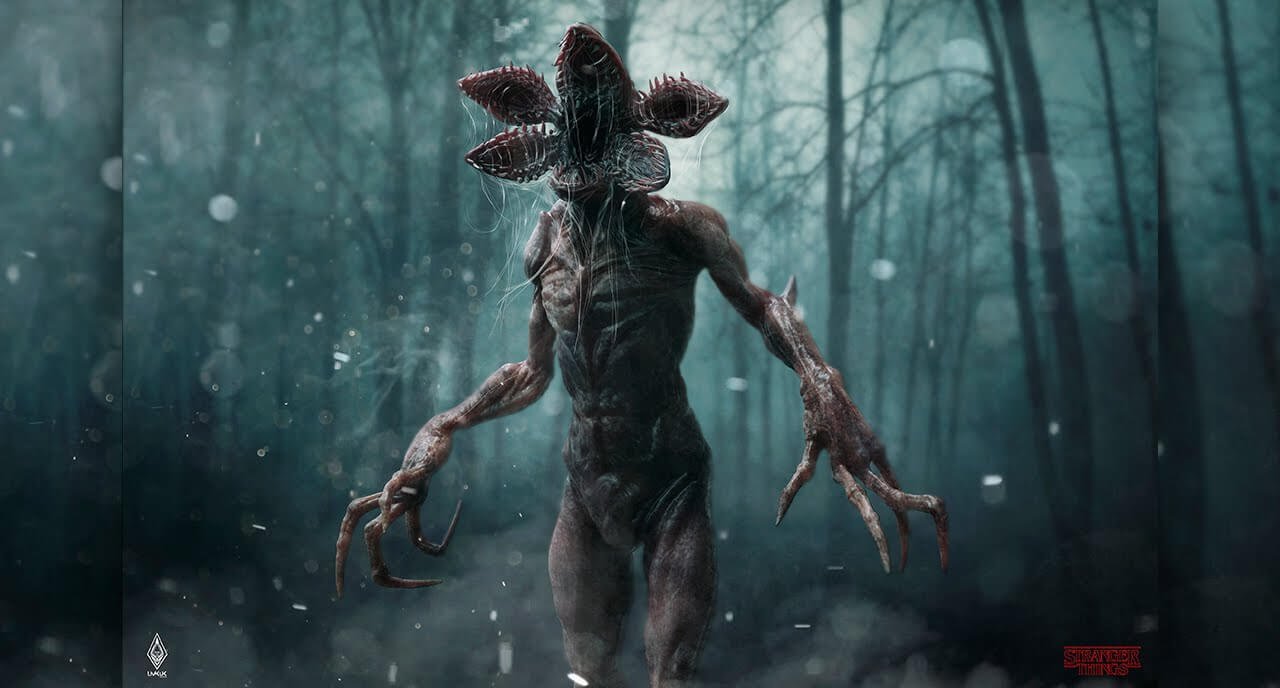Dungeons & Dragons Stranger Things Starter Set: What's Inside And How Does It Work?
GameSpot may receive revenue from affiliate and advertising partnerships for sharing this content and from purchases through links.
Over the past decade, Dungeons and Dragons has exploded in popularity. The tabletop RPG was has evolved quite a bit since its inception. Currently, the series is in its fifth edition, which is very streamlined and new-player friendly.
As someone who has been playing D&D for roughly two decades and entered this world during Advanced Dungeons & Dragons (I shudder at the thought of THAC0), Fifth Edition is pretty fantastic--even though I was a 3.5 loyalist up until last year. But when the collaboration between D&D and Stranger Things was announced, my only thought was, "How is that going to work?" The town of Hawkins and the world of D&D don't really crossover, as one is science-fiction while the other is straight fantasy.
Wizards of the Coast sent us a copy of the Dungeons & Dragons Stranger Things Starter Set to check out--and more importantly, to find out how this crossover works. We'll be going through the contents of the box and figuring out how easy it is for a new player to dive right in.
If you're hungry for more Stranger Things, check out GameSpot's review of Season 3, where Mike Rougeau said, "After a lackluster sophomore slump, Stranger Things is back at the top of its game." You can also take a look at our ranking of very episode, as well as a refresher of the first two seasons to get you ready for Stranger Things 3.
Contents
When you open up the box, there are a few items inside, all of which will get you ready to play a game with your friends. It's recommended you have three or more players for this adventure. One person has to fill the roll of Dungeon Master--which is the person who runs the game, controls the monster, etc--and 2+ can play as characters.
Contents:
- Dice set
- 2 Demogorgan figures
- D&D Starter Set Rulebook
- Adventure Book
- 5 pre-filled character sheets
Demogorgon Minis
Here's a closeup of the Demogorgon minis. This is one of the monsters you get to fight within the game--we'll get more into that in a second. Dungeons & Dragons makes plenty of miniatures, and these all come in handy during battles to keep track of your characters and the monsters you're fighting.
There is a much larger discussion to be had here, though. And I'm going to get a bit into stuff that's steps beyond the basics, so if you want to skip ahead, I understand. However, these tips may help with your gameplay and experience.
Back in the days when I was a poor college student, we just put the miniatures on a table and used Mage Knight or army men miniatures as characters/NPCs/monsters. From there, we used a tape measure where every inch measured as five feet, in game. This is about as bare-bones as you can get without using pocket change to represent your 5th level half-orc barbarian.
Now, we use dry-erase grids, like this one on the D&D site, and I've delved into the world of 3D printed dungeons, which isn't as costly when you print it yourself. As you can guess, this hobby can quickly become pricey, but if you find yourself really enjoying Dungeons & Dragons, these little upgrades add a lot of fun to your adventure. But again, you don't need all this. You can easily play this starter set with everything in the box.
Adventure Book
Here was that "ah-ha" moment for me, when I was trying to figure out how Stranger Things and Dungeons & Dragons crossed over. You aren't playing a D&D adventure in Hawkins. You're playing Mike Wheeler's campaign from Season 1. However, it's all in 5th edition, so you don't have to worry about THAC0--and you should be happy about that.
Inside The Adventure Book
This is the Dungeon Master's guide for the adventure. The introductory page gives the DM an idea of their duties in order to run this game. The entire story for the quest is in this book, including different settings, encounters, items, and NPCs you'll come across along the way. Yes, there are more pictures drawn by "Will" here as well, but this is the only one that takes up a full page.
Dungeons
It wouldn't be Dungeons & Dragons without some actual dungeons. Inside the DM's guide, there are some gridded maps, which you can see a small portion of above. There are lots of surprises for the DM to spring onto the players.
This is extremely new-player friendly. It does a bit of hand-holding with the DM, but frankly, all new DMs can use a bit of that. As far as entry-level DMing goes, this is a real solid way to go, and it gives you good insight to how to run a game of D&D.
Character Sheets
So, you'll be playing as Will, Dustin, and Lucas' characters in Stranger Things. However, there are five characters to choose from. To me, the most fun part about Dungeons & Dragons is creating the character yourself: rolling the dice for ability scores, choosing the race and class, and coming up with a backstory which will play out during your gaming sessions. Here, you're just given a character who already has a backstory and all the information filled out.
Understandably, it is done this way because character sheets are an info dump. There is a steep learning curve ahead here for new players, as they become familiar with every mechanic within the game. And the way to learn more about the mechanics is with the last book in this set.
Rulebook
This 43 page book has all the mechanics for you to learn how to play the game. Like I mentioned previously, this is going to be an info dump, so be prepared. However, this is extremely streamlined giving you just the information relevant to your characters and the world, which includes the spells they will use and the monsters they will come across as you traverse the story. By the way, if you're wondering, the Fireball spell is in this book, so prepare to cast it against the Demogorgon.
Final Thoughts
So going over the Stranger Things D&D Starter Set, this is a pretty great way to get involved in Dungeons & Dragons to see if it's right for you. The connection to Stranger Things isn't has prevalent as I hoped for, but I would gladly rather have the TV series' version of the Demogorgan than D&D's version, as I find the Netflix series monster looks a bit cooler.
Tabletop RPGs are overwhelming, as there is so much new information coming your way, but what this starter set does exceptionally well is guiding you through the game, introducing you to the elements, and letting you decide as to whether or not D&D is for you. Instead of heading out to pick up a Player's Handbook ($50), a dice set (~$10), and printing out character sheets--the bare minimum to play, you can pick up this starter set for $25, and you can go adventuring with your buds. This is a very smart way to introduce people to this game.
Note: We live in the 21st century, so you can actually make characters and keep track of health, items in your inventory, spell slots, etc on DnDBeyond. I recommend giving the character sheet and pencil method of playing for your first time though because there's something special about that method.
Moving Forward
While the Stranger Things D&D set normally costs $25, it's currently on sale on Amazon for $16, and that's a pretty crazy deal for this set. Even if you just have a slight interest in D&D, $16 is worth giving it a try.
If by chance you've enjoyed playing the Starter Kit or are planning on getting more into Dungeons & Dragons, here's some links to pick up what you need to play the full D&D experience.
- Player's Handbook -- $30 on Amazon
- Dungeon Master's Guide -- $33 on Amazon
- Monster Manual -- $27 on Amazon
- Adventure Grid -- $18 on Amazon
You can easily run and play a game with just the Player's Handbook. You'll have to make up a lot of stuff on the fly, which is totally fine because D&D is about creativity and making the world your own. However, the DM Guide and Monster Manual help take some weight off the DM's shoulders for the weekly game.
Some links to supporting retailers are automatically made into affiliate links, and GameSpot may receive a small share of those sales.
